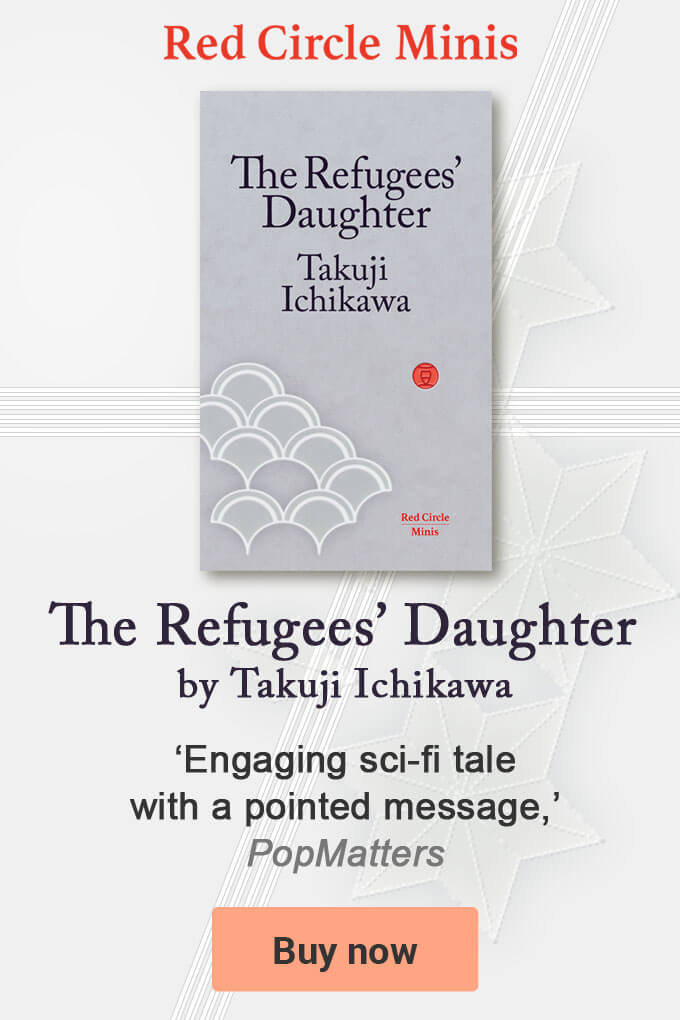During Japan’s Edo Period (1603-1868) the military class learnt to read and even produce literature and were encouraged to do so; Chikamatsu and Basho are just two high profile examples. Unlike the West where the pen has often been said to mightier than the sword, in Japan people were encouraged to consider them as equal partners. In fact there is a Japanese expression for this 文武両道, bunbu-ryodo; roughly translated this means the way of sentences and warfare are equal, and highlights the importance of achieving some kind of balance in life.
Basho’s poetic travelogue, written hundreds of years ago, the Narrow Road to the North is still being read today and is now used to sell 100-day walking tours following the so-called ‘Basho Trail’ mimicking the poet’s pilgrimage route that winds through several of Japan’s UNESCO World Heritage sites.
The new era of samurai authorship that Basho was part of followed the arrival from Korea of movable type technology and the printing of the first Japanese book using the technology in 1593. Commercial publishing kicked off about a decade later in 1609, in Kyoto, at the start of the Edo Period, generating new career options for forward thinking samurai.
Edo, now known as Tokyo, also became a publishing centre with a growing market of readers to sell books to. The city grew in size becoming the world’s largest city with a population of a million by the 18th century, generating its own narratives and authors.
Until the middle of the 18th century most Japanese authors were from samurai backgrounds, but things began to change as literacy rates increased. Authors began selecting different target groups as readers; the warrior classes and intelligentsia, or the higher end of the emerging chonin (townspeople) class, the majority of who were merchants. The situation changed again during Japan’s Meiji Era (1868-1912) when the country rapidly modernised and opened up to the West.
However, the most famous true warrior samurai author is probably Musashi Miyamoto (1584-1645). He is primarily known in the West as the author of The Book of Five Rings. The book, which he wrote at the end of his life, is a guide to swordsmanship strategies.
Following an English translation by William Scott Wilson it became an essential business-strategy manual in the 1980s, when the Japanese economy was growing rapidly and Japanese influence was spreading worldwide. Unlike most Edo Period samurai authors who never drew their swords, Miyamoto very skilfully used his sword in battle and duals to kill opponents.
Bushido: The Soul of Japan by Inazo Nitobe (1862-1933) is another classic. Nitobe’s father was a retainer of a daimyo (warlord). Nitobe junior converted to Christianity and became a diplomat and international statesman and wrote his famous essay on samurai ethics in English in 1900.
The book, which was published in Japanese after its success in English, describes the sources of bushido (the way of the warrior) and the virtues most admired in Japan including self-control, duty and politeness. It had a major impact and influenced many including Former US President Theodore Roosevelt (1858-1919), who bought copies for his friends.
Despite his image and reputation Yukio Mishima (1925-1970), who killed himself with a sword in a very public manner using a painful traditional samurai methodology, was not technically from a samurai background. He was not in fact “born a samurai” as his father and grandfather were not from a samurai family.
Mishima’s paternal grandmother (Natsu Nagai), who brought him up, however was. She was raised in an aristocratic household and could trace her linage back to one of the first Shoguns Ieyasu Tokugawa (1543-1616), arguably Japan’s most important and influential samurai, through marriage.
The Press Release announcing the award of the 1994 Nobel Prize in Literature to Kenzaburo Oe highlights his samurai background stating that he was “the scion of a prominent samurai family” from the Oe clan in Shikoku.
© Red Circle Authors Limited

